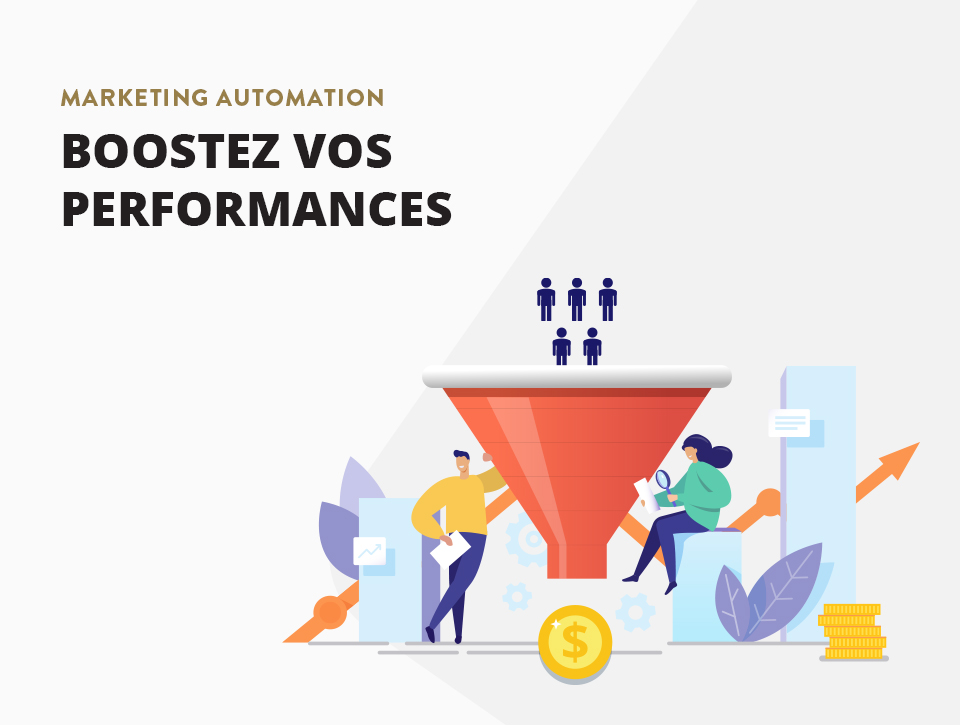The more complex the customer journey becomes, the more important the role of marketing since it must now serve as a support (and not just an incentive) for the purchase decision. To do this, marketing automation includes the notion of touchpoints. It is a question of determining the stage of the purchase path and the area where the user is located (a website, a social network, an e-mail box, etc.) in order to deliver a legitimate, qualitative and personalised message.
A marketing automation strategy can really boost a company’s performance, but implementing it can be difficult. You can get stuck if you don’t build a solid foundation first. So before you start, you’ll need a thorough understanding of your target audience and your customers’ buying journey, as well as an excellent grasp of your offering.
Thanks to the expertise we have accumulated over the years, we can give you some tips for a successful marketing automation strategy.
Define your objectives
It is important to define your objectives carefully. It is not enough to say, “I want to increase my ROI”. You need to set tangible, measurable and time-bound goals. For example, a goal might be “to generate 100 new customers via the website by June 2021”.
These objectives should become your roadmap. They will then allow you to put in place various actions that will, by their very nature, aim to fulfil them. So be specific, even if it means adjusting these objectives over time.
Define your action plan
Once you have a clear vision of where you need to go, you can define a series of actions to get there.
Both your marketing and sales teams need to be involved in the process and work in synergy towards a common result. Indeed, the whole point of marketing automation is to be able to ensure a coherent and fluid follow-up, from the beginning to the end of the customer journey.
Make a clear timeline of each phase of your strategy and the different campaigns that need to be scheduled. This step is almost as important as the previous one and should be executed with care.
Stay human
Many elements can be automated, such as sending emails, publishing messages on social networks, qualifying prospects (lead scoring), segmenting your audience, or posting content on your website.
However, automation should not be synonymous with dehumanisation. You must therefore find a balance between what needs to be automated and the degree of personalisation you wish to offer your customers. The customer experience should always take precedence over the time-saving benefits of automation.
Success factors
Finally, your marketing automation strategy can only be successful if you create scenarios that are consistent with your buyer personas. You need to decide when it is relevant to send them the right message, when and how often you need to follow up, etc. Don’t just trust your intuition, but rely on in-depth analysis using the data at your disposal.
Once you have validated all these steps, the most important part of the work remains. You can start testing your campaigns and optimising them continuously. Use A/B testing, compare the results, adjust your content, your budget, your audiences. This is how your ROI will increase little by little.
Don’t worry if your in-house skills are not sufficient to implement your new strategy, as DJM Digital is here to guide and support you in your approach to marketing automation!
Your digital partner since 1999



